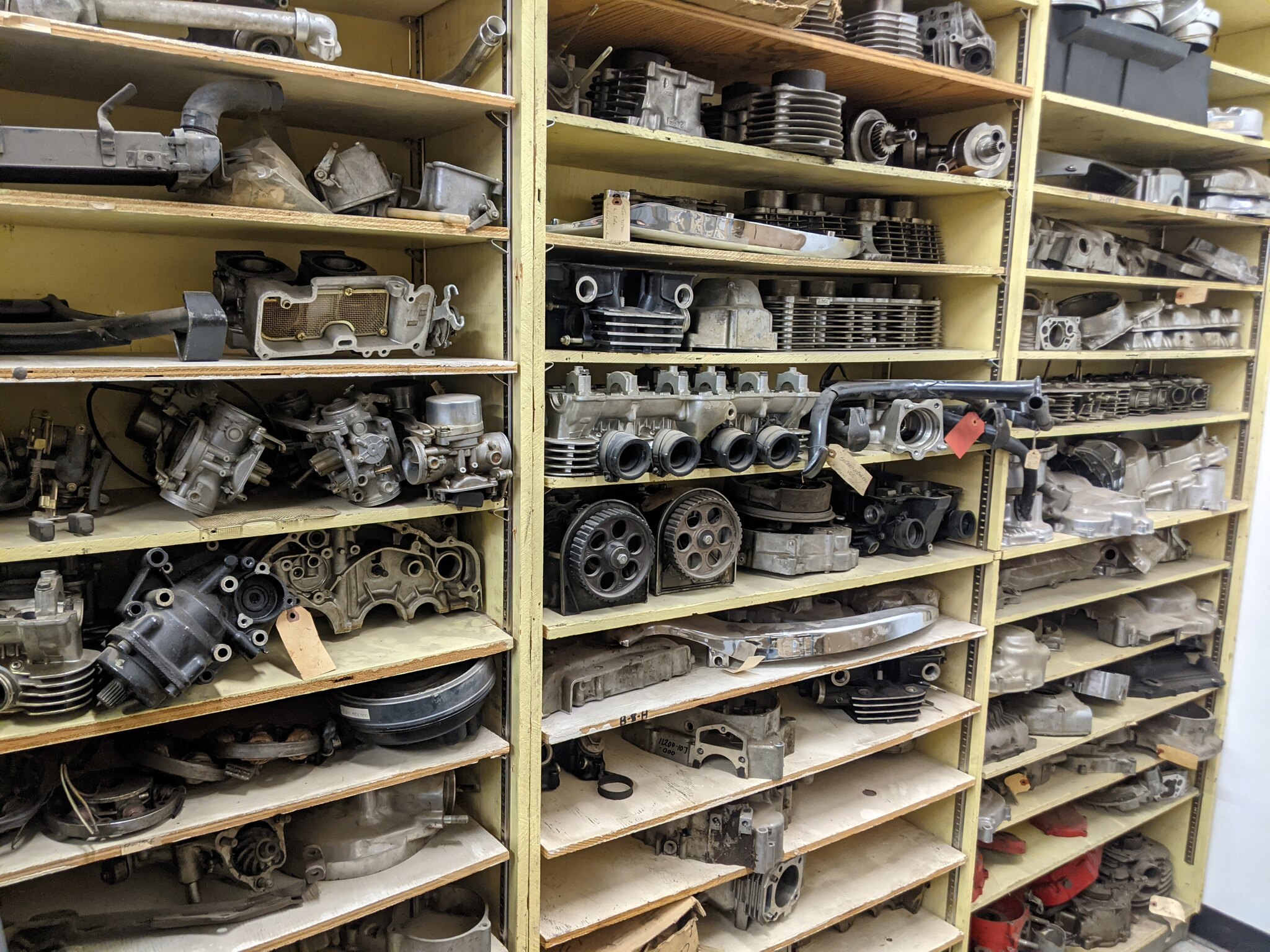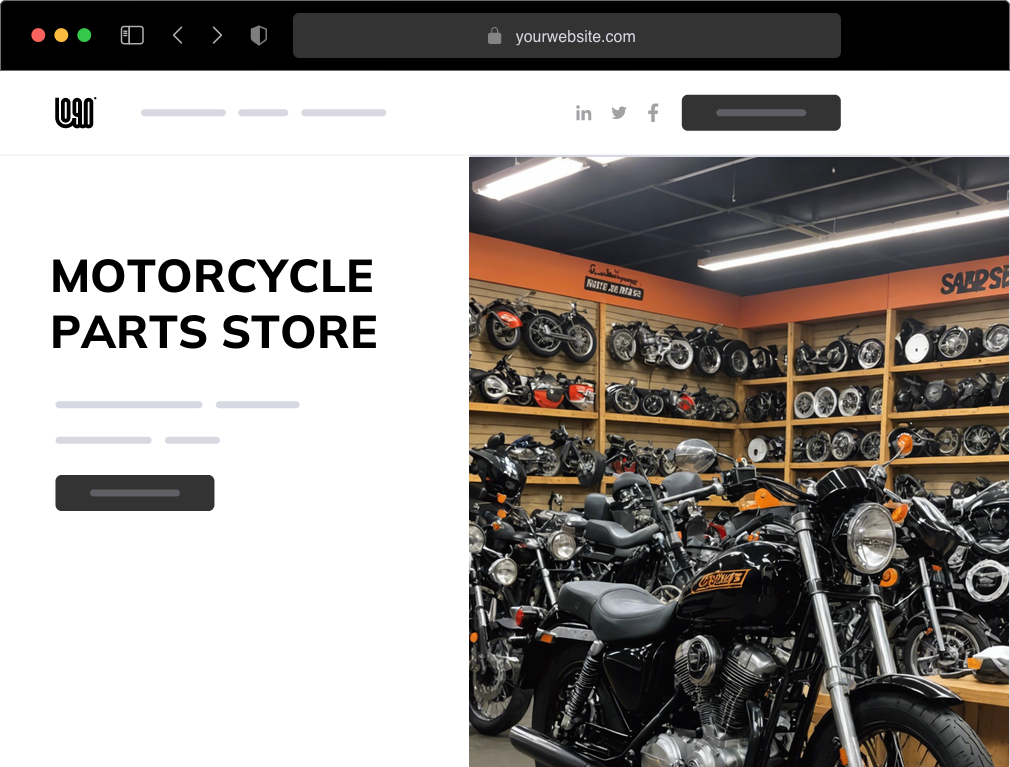Vital Motorcycle Parts NZ for Peak Performance and Security
Vital Motorcycle Parts NZ for Peak Performance and Security
Blog Article
Grasping Bike Gears: Exactly How to Optimize Your Riding Experience
In the realm of motorcycling, grasping the art of equipment manipulation is important for boosting your riding performance. Correctly utilizing and understanding motorbike equipments can significantly impact control, gas, and acceleration efficiency, transforming an average experience right into a smooth, exhilarating journey.
Comprehending Equipment Mechanics
How do the ins and outs of gear auto mechanics influence motorcycle performance? At the core of bike characteristics, equipment auto mechanics play a critical role in transforming engine power right into movement, ultimately dictating rate and control. Gears, diligently crafted elements, enable riders to optimize torque and rate, making sure a seamless shift through various surfaces and velocities. The gear proportions, thoroughly developed, determine the relationship between engine changes and wheel turns, affecting acceleration and gas efficiency.
Recognizing gear auto mechanics begins with acknowledging the significance of the transmission, which houses numerous gears of differing sizes. These gears interact with a procedure understood as meshing, where teeth of various gears engage to send power. The precision of this interaction is essential; any type of imbalance or damages can bring about ineffective power transfer, preventing performance. In addition, the setup and dimension of gears influence the motorbike's capability to deal with various tons and rates.
Furthermore, the idea of equipment changing is integral to taking full advantage of efficiency. Smooth and prompt changes make certain that the engine operates within its optimal power band, avoiding unnecessary stress and improving durability (motorcycle shop). By comprehending these mechanical intricacies, riders can achieve a harmonious blend of performance, control, and power, boosting their riding experience
Timing Your Changes
Change timing proficiency is necessary for enhancing motorbike performance and enhancing the riding experience. Properly timed changes make certain that the engine runs within its ideal power band, which is important for preserving control, accomplishing smooth acceleration, and ensuring the long life of the bike. Motorcyclists should develop an intuitive feeling of when to move gears, which involves understanding the relationship between engine changes per min (RPM) and speed.
To understand shift timing, pay close attention to the engine's audio and really feel, as these offer vital ideas regarding when to alter gears. When the engine comes close to the upper array of its power band without reaching the redline, the excellent shift factor normally occurs - motorcycle shop. Moving prematurely can cause an absence of power, while moving also late may create unnecessary engine pressure
Additionally, roadway conditions and riding style impact shift timing. For circumstances, in urban settings, smoother and extra frequent changes might be necessary to browse traffic efficiently. On the other hand, during freeway riding, less shifts at higher rates can be better suited. Exercising in diverse environments will improve your capacity to time changes precisely, eventually raising your riding experience to a specialist degree.
Enhancing Gas Performance
While understanding bike equipments is vital for efficiency, boosting gas performance is just as important for both environmental and economic reasons. Optimal fuel consumption not only reduces operational prices but additionally reduces the ecological footprint of riding. To achieve this, one must understand the intricate relationship between equipment option and engine efficiency.
To start with, picking the appropriate equipment at proper speeds can considerably affect fuel intake. Riding in a greater equipment at lower speeds can official website lead to engine hauling, which is detrimental to both gas economic situation and engine health and wellness. On the other hand, riding in lower equipments at high rates leads to unnecessary fuel consumption. Hence, preserving an ideal balance by shifting equipments abreast with road conditions and prepared for maneuvers is crucial.
Additionally, normal upkeep plays a critical function in fuel efficiency. Making certain that the motorbike is well-tuned, with clean air filters and effectively inflated tires, can minimize and enhance the rules of aerodynamics fuel waste. Furthermore, taking on a riding design that embraces steady acceleration and smooth slowdown can add to much better gas economy.

Methods for Smooth Transitions
Achieving smooth gear changes is fundamental to improving the riding experience and making certain the longevity of a motorbike's transmission navigate to these guys system. Correct gear shifting not only adds to a seamless trip yet additionally reduces deterioration on the mechanical parts. To master the art of smooth shifts, motorcyclists must concentrate on a couple of vital techniques.

Second of all, clutch control plays a pivotal function. Involving and disengaging the clutch smoothly calls for practice. The clutch lever ought to be launched slowly, permitting a smooth transfer of power from the engine to the wheels without triggering a shock or sudden activity.

Adapting to Road Problems
Navigating diverse roadway conditions is a vital skill for any kind of motorcyclist aiming to maintain control and safety and security. Whether you're riding on wet surfaces, crushed rock roads, or browsing doglegs, your capability to adjust your equipment usage and riding strategy is critical. Understanding just how to change your equipments properly can significantly influence traction and security, guaranteeing a more secure trip.
In contrast, when riding on crushed rock or irregular terrain, reduced gears check are more effective. Reduced gears offer far better control and allow you to respond even more swiftly to unforeseen adjustments in the road surface.
Sharp contours require precise gear monitoring to stabilize speed and control. Downshifting before getting in a contour can help keep momentum while guaranteeing the bike remains stable throughout the turn. Consistent method in varied problems improves your capacity to respond and predict to modifications in roadway appearance and slope.
Conclusion
Mastering motorcycle gears dramatically boosts the riding experience by boosting gas, control, and acceleration efficiency. A detailed understanding of equipment technicians and precise change timing ensures the engine runs within its optimum power band, while smooth changes via reliable clutch and throttle sychronisation boost comfort and performance. Adapting equipment option to numerous roadway conditions, such as using higher equipments on damp surface areas and lower gears on crushed rock, more improves handling and security. Eventually, these skills boost the general journey.
Understanding gear technicians begins with recognizing the significance of the transmission, which houses numerous gears of differing sizes. These gears interact via a procedure understood as meshing, where teeth of different equipments engage to send power (motorcycle parts nz). Gentle modifications to the throttle during equipment shifts can protect against jerky motions and maintain a consistent riding speed
Whether you're riding on damp surface areas, gravel roadways, or browsing sharp turns, your capability to adjust your equipment usage and riding strategy is critical. Adjusting gear choice to various road conditions, such as utilizing higher gears on damp surfaces and reduced gears on crushed rock, additional enhances handling and security.
Report this page